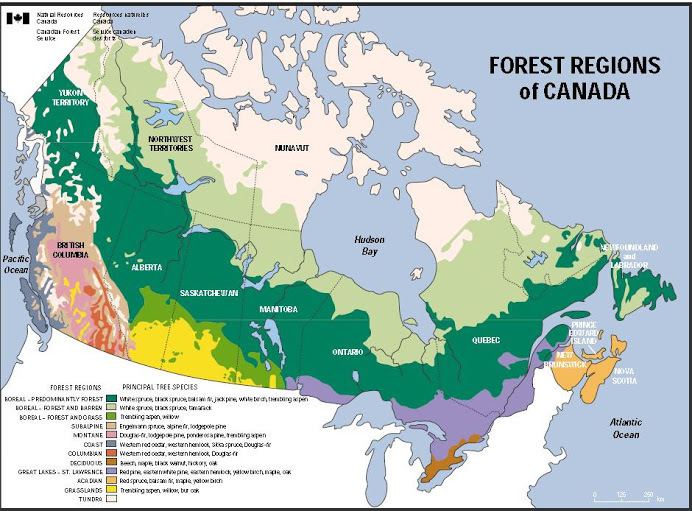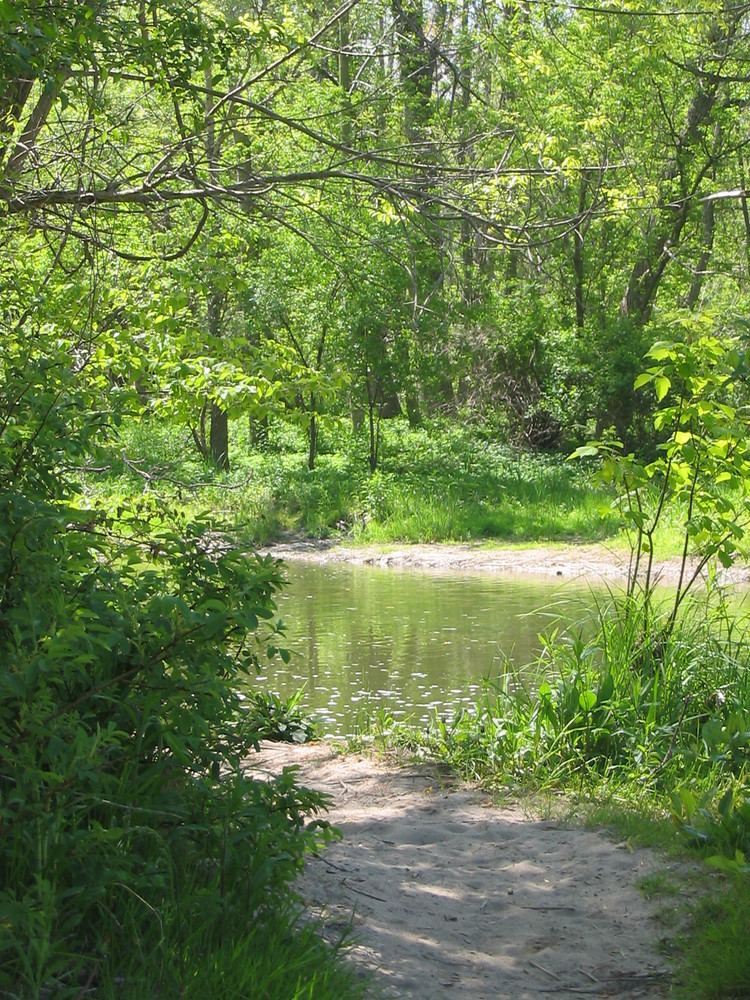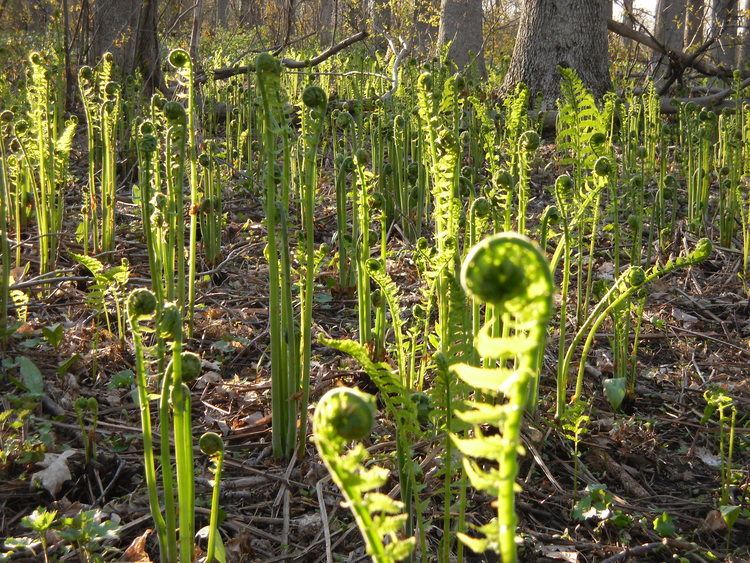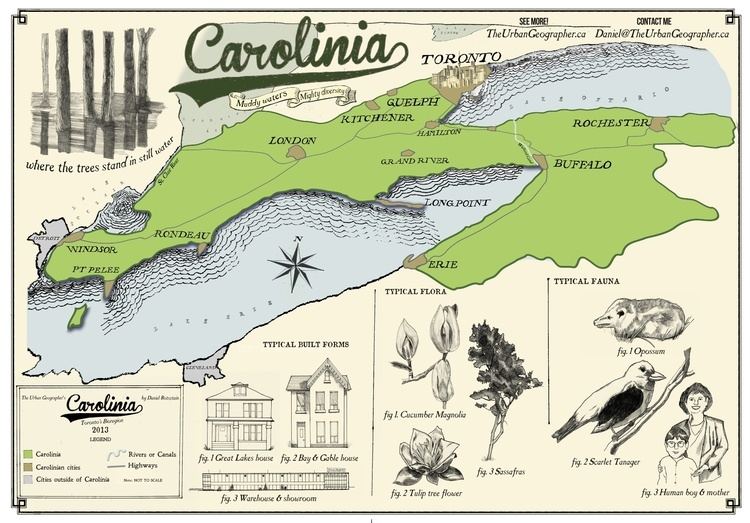 | ||
The Carolinian forest is a life zone in eastern North America characterized primarily by a predominance of deciduous (broad-leaf) trees. The term "Carolinian forest" is used primarily in Canada, and therefore often refers only to the northernmost portion of the overall region, in southern Ontario. Various terms, including "eastern deciduous forest" or "eastern woodlands", are used in the United States.
Contents
- The whispering trees of the carolinian forest
- Location and status
- Examples of species
- Protected areas
- Rivers and creeks
- Other
- References

The whispering trees of the carolinian forest
Location and status

This forest region extends across much of the eastern United States, from the Carolinas northward, and into Southern Ontario in Canada. The Canadian portion of the region is in the fertile ecozone of the Mixedwood Plains and includes ecodistricts 7E-1 to 7E-6. Besides its southern location within Canada, the climate of this area is also moderated by the nearby Great Lakes, so it is able to support animal and plant species usually not found in other parts of Canada.

The greatest extent of forest coverage in the region as a whole is in the Carolinas, the Virginias, Kentucky, Tennessee, Maryland, Delaware, Pennsylvania, eastern Ohio, parts of New York state, Connecticut, and Rhode Island. It covers much less area in parts of southern Michigan, Indiana, and western Ohio.

Trees found here include various species of ash, birch, chestnut, hickory, oak, and walnut; tallest of all is the tulip tree. Fruit trees native to this zone include the pawpaw. Animal life includes raccoons, possums, squirrels (including the relatively rare southern flying squirrel), nuthatches, and chickadees.
Because the major population centres of Ontario are located nearby, there has been significant loss of wetlands and forested areas to urban areas and farms. It is estimated that 90 per cent of Canada's Carolinian forest has already been destroyed. The remaining portions, mostly scattered and disconnected, continue to be threatened by human development. One of the best preserved areas of Canada's Carolinian forest is located at Rondeau Provincial Park near Morpeth, Ontario; another is the Niagara Glen Nature Reserve near Niagara Falls, Ontario.
